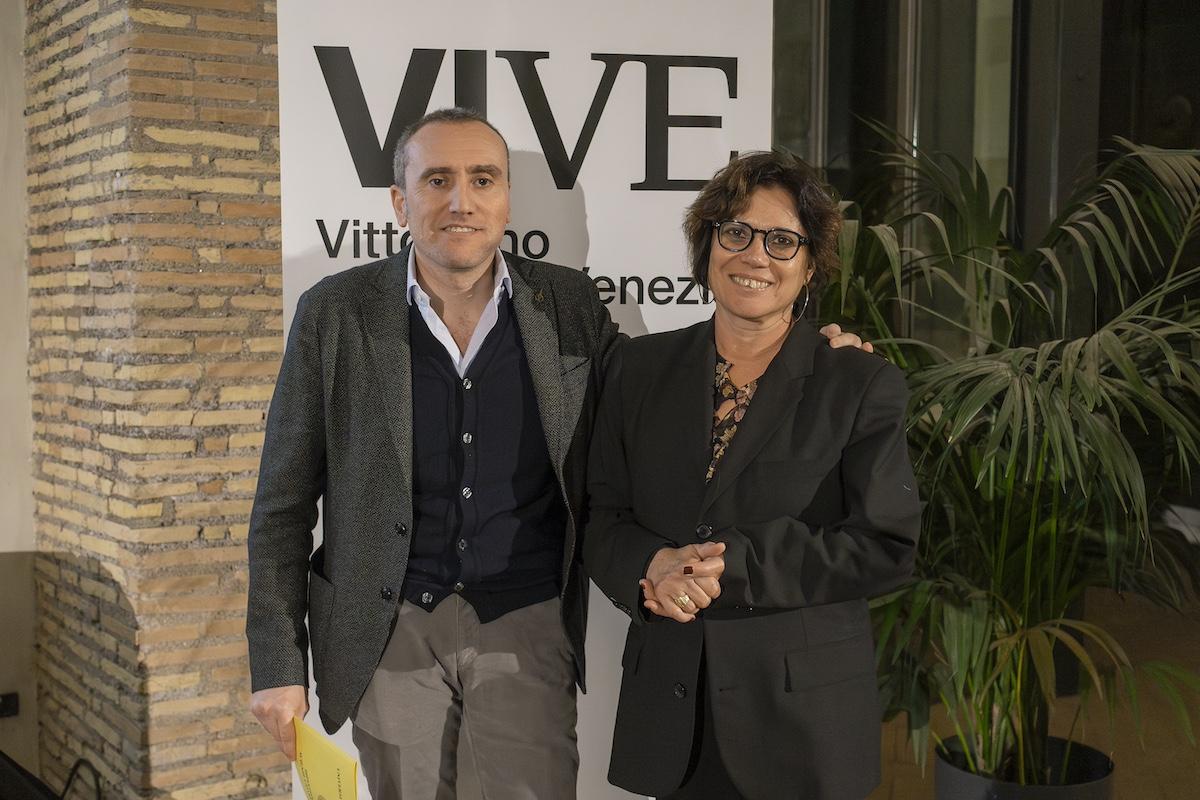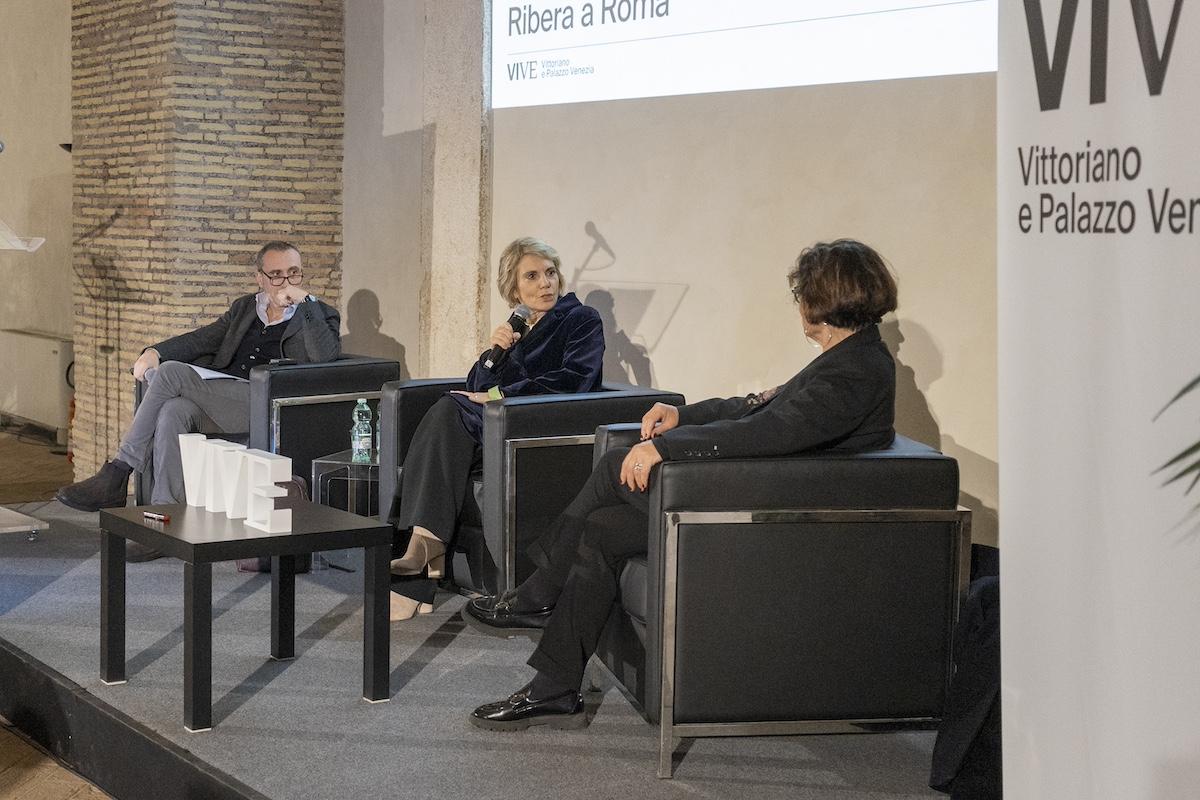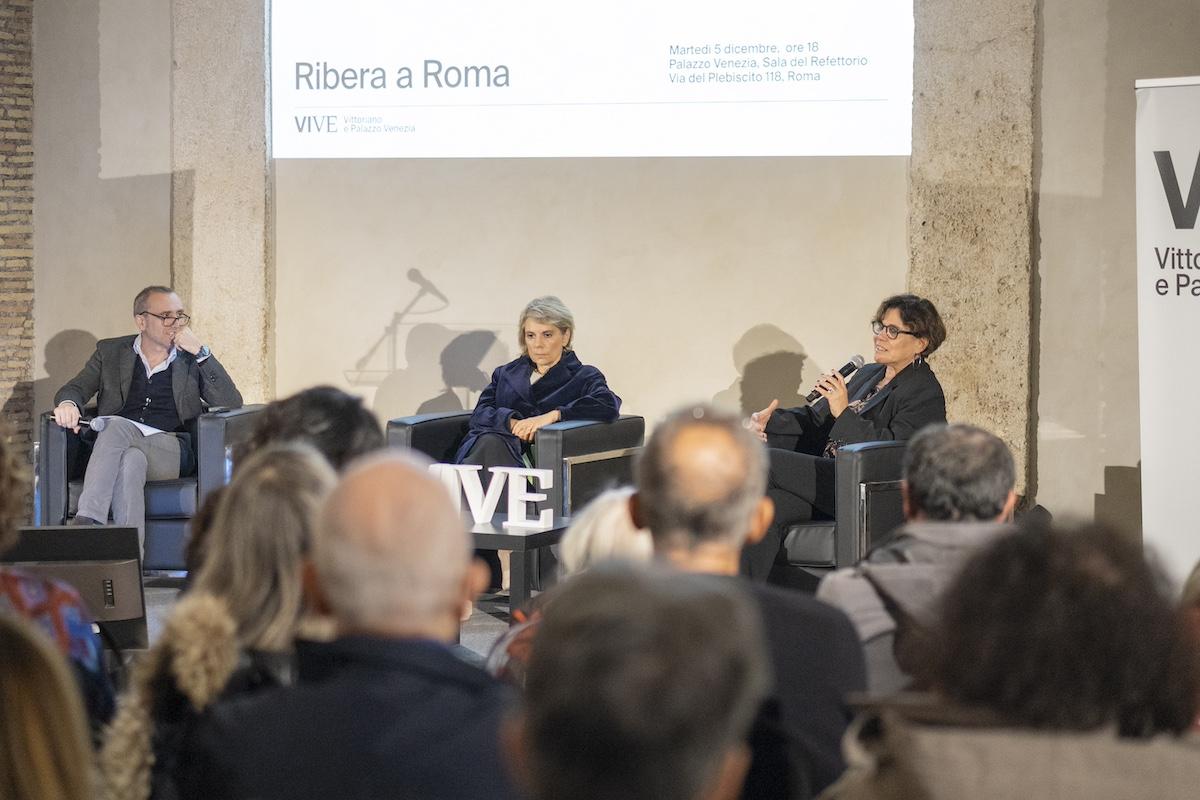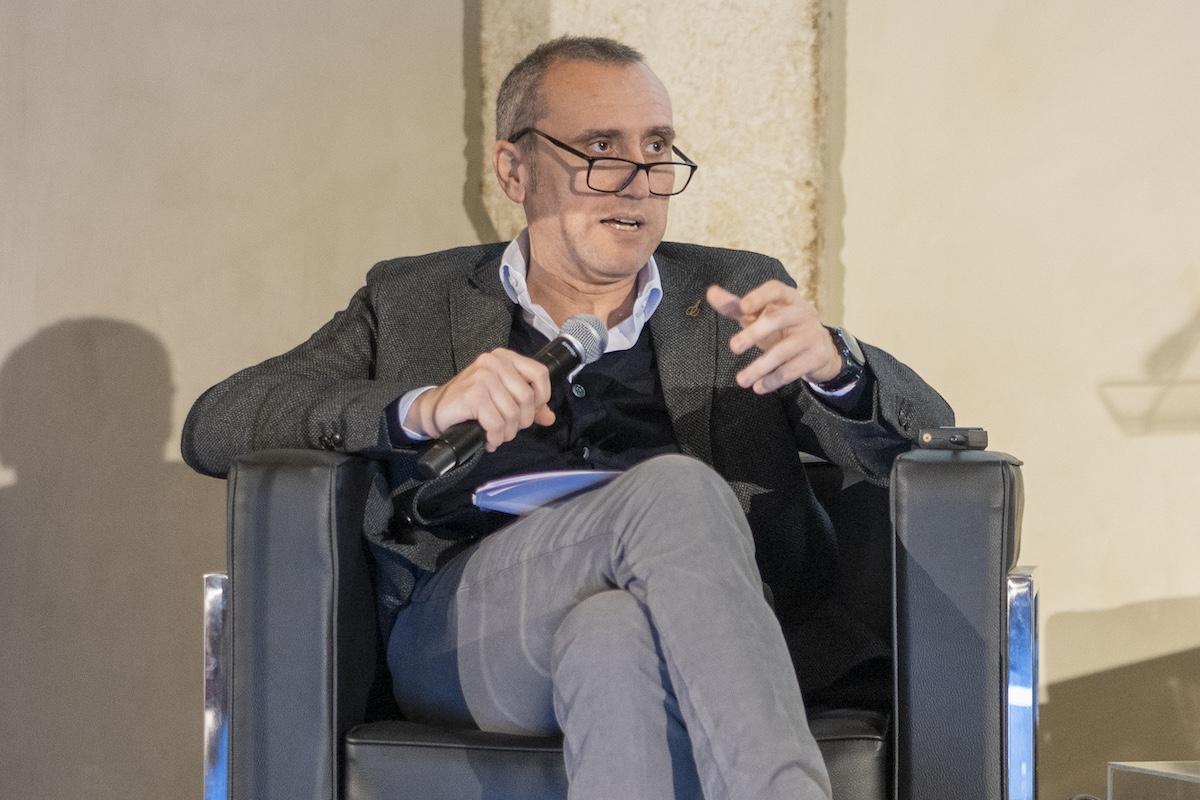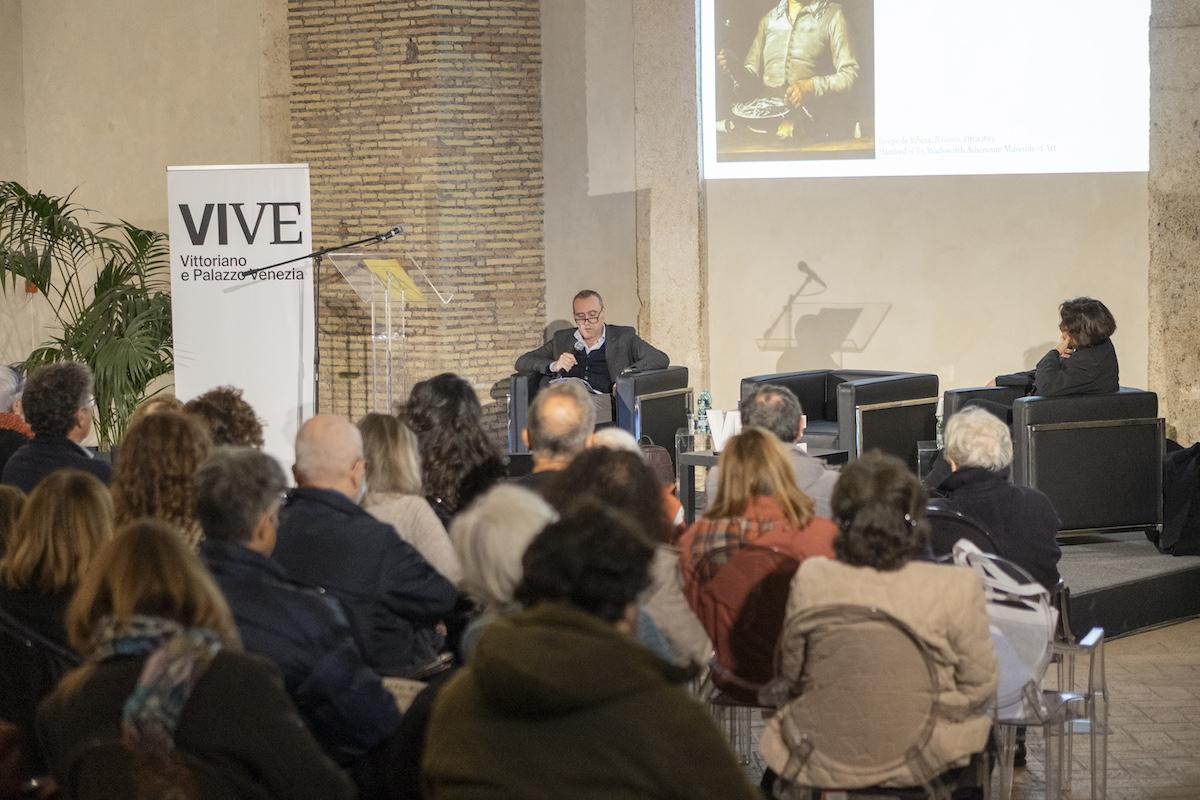SERIES: From VIVE to the city. The history of art in Rome in the 15th-20th centuries - Under the aegis of Silvia Ginzburg, professor of the History of Modern Art, Università di Roma Tre
SPEAKER: Giuseppe Porzio
DATE: Tuesday 5 December, 6pm
PLACE: Palazzo Venezia, Sala del Refettorio
The importance of the figure of Jusepe de Ribera (1592-1651) in the panorama of European painting of the 17th century is shown by the intense flowering of studies that, especially in recent decades, have been devoted to the Spanish master and in particular to reconstructing his formative phase. The lecture will deal precisely with Ribera’s long stay in Rome, where he arrived as an adolescent around 1606 to settle there – except for an Emilian parenthesis, between 1610 and 1611 – until his final departure for Naples in mid-1616. In the papal capital the painter occupied a central position within the ‘schola’ of Caravaggio, already recognised by Giulio Mancini and corroborated by the identification of the young Ribera with the anonymous “Master of the Judgment of Solomon”; a development characterised by an extraordinary stylistic evolution – from the softness of the impasto of his early works, still reflecting the influence of the Carracci, to the elaboration of an extremely raw but deeply human realism – and exemplified by the artist’s masterpieces still present in collections in Rome.

